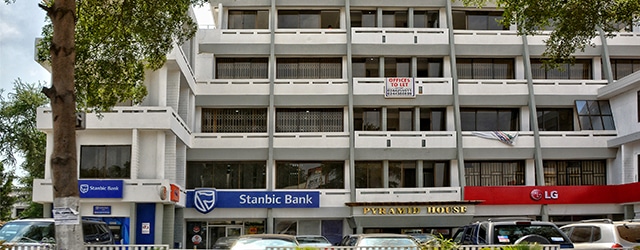NPLs in Africa are three times higher than the global median.

African banks know a deluge is headed their way. For years, banks in Africa grappled with the abundance of non-performing loans (NPLs) without structurally damaging their books. At an average of 11.9% over the past decade, NPLs in Africa are three times higher than the global median and are projected to increase significantly in the wake of the Covid-19 pandemic. In Kenya, the seven largest banks restructured loans amounting to $1.6 billion by end of April, according to the Central Bank of Kenya (CBK).
Although CBK offered leeway in terms of provisions, the industry projects NPLs to increase to 14% by year-end, up from 12.5%. “The pandemic is causing significant pressure on cash flow for banks,” says Habil Olaka, CEO of the Kenya Bankers Association.
The effects of the pandemic are already turning up in banks’ first-quarter results. In Kenya, Stanbic Bank posted a 33.4% decline in profits due to falling interest income, which plunged to $21.3 million from $30.6 million in 2019. In South Africa, Moody’s downgraded its outlook on five top banks to negative, largely due to a weakening credit profile.
“As the weak economy strains borrower cash flows and makes it more difficult for borrowers to meet their loan obligations, Moody’s expects a deterioration of the banking system’s problem-loan ratio over the next 12 to 18 months,” the agency warned.



